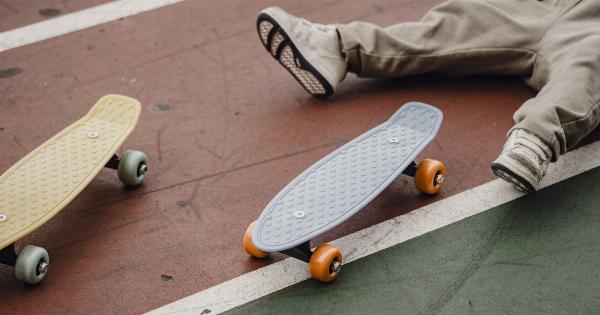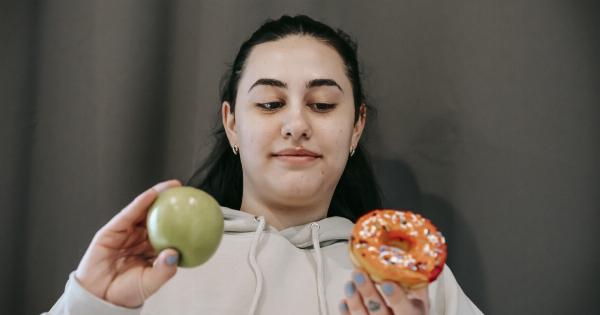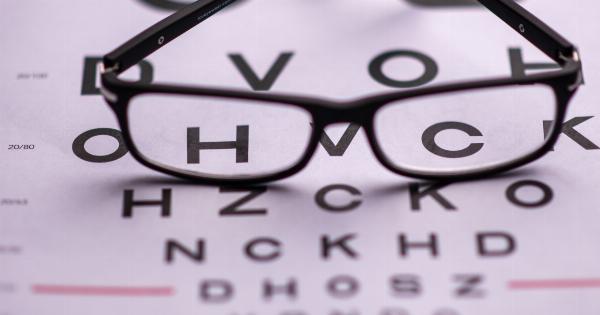Varicose veins are enlarged, bulging veins that often appear on the legs and can be both unsightly and uncomfortable. They are a common condition, affecting around 23% of adults.
Although varicose veins are mostly harmless and don’t require medical treatment, many people seek ways to get rid of them for cosmetic or symptomatic reasons. In this article, we will explore various fast and effective methods to help you achieve smoother, healthier-looking legs.
1. Exercise Regularly
Engaging in regular physical activity is not only beneficial for your overall health but can also help reduce the appearance of varicose veins.
Exercise improves blood circulation, which in turn reduces the pooling of blood in the veins and relieves symptoms such as leg pain and swelling. Aim for at least 30 minutes of moderate-intensity exercises like walking, cycling, or swimming on most days of the week.
2. Elevate Your Legs
Elevating your legs can provide immediate relief from the discomfort associated with varicose veins. Lie down and prop your legs up on a pillow or cushion, ensuring they are elevated above heart level.
This position allows gravity to assist in blood circulation, reducing swelling and pressure in the veins.
3. Wear Compression Stockings
Compression stockings are specially designed to apply pressure to your legs, helping to improve blood flow and prevent blood from pooling in the veins.
They come in various strengths and lengths, so it’s important to consult with a healthcare professional to find the right compression level and size for your needs.
4. Maintain a Healthy Weight
Excess weight can put additional pressure on your legs, worsening the symptoms and appearance of varicose veins.
By maintaining a healthy weight through a balanced diet and regular exercise, you can reduce the strain on your veins and potentially prevent new ones from forming.
5. Avoid Prolonged Sitting or Standing
Prolonged periods of sitting or standing can contribute to the development and progression of varicose veins. If your job requires you to be sedentary for long hours, try to take regular breaks to stretch your legs and walk around.
If you stand for extended periods, shift your weight from one leg to another or use a footrest to alleviate pressure.
6. Follow a High-Fiber Diet
Eating a diet rich in fiber can help prevent constipation, which can contribute to the formation of varicose veins.
High-fiber foods such as fruits, vegetables, whole grains, and legumes promote regular bowel movements, reducing the pressure on your veins and improving overall blood circulation.
7. Stay Hydrated
Drinking an adequate amount of water throughout the day is essential for maintaining healthy blood circulation. Proper hydration helps prevent blood from thickening, allowing it to flow more easily through the veins.
Aim to drink at least 8 glasses of water daily, and limit your consumption of dehydrating beverages like alcohol and caffeinated drinks.
8. Try Herbal Remedies
Several herbal remedies have been used for centuries to alleviate symptoms of varicose veins.
Horse chestnut extract, for example, has been found to possess anti-inflammatory and venotonic properties that help reduce pain, swelling, and heaviness in the legs. Other herbal options include butcher’s broom, grape seed extract, and gotu kola. However, it’s important to consult with a healthcare professional before using any herbal remedies, as they may interact with other medications you are taking.
9. Laser or Sclerotherapy Treatment
If you are looking for more immediate and long-lasting results, you may consider minimally invasive procedures such as laser treatment or sclerotherapy.
Laser treatment uses intense bursts of light to fade the varicose veins, while sclerotherapy involves injecting a special foam or solution directly into the veins, causing them to collapse and fade over time. These treatments should be performed by qualified healthcare professionals.
10. Surgical Interventions
In advanced cases or when other treatments have not been successful, surgical interventions may be necessary to remove or close off the affected veins.
Procedures like ligation and stripping, ambulatory phlebectomy, or endoscopic vein surgery are typically carried out under anesthesia and involve removing the damaged veins through small incisions. It’s important to note that surgical interventions may require a longer recovery period and can have potential risks and complications.
Conclusion
While varicose veins can be bothersome, there are several fast and effective methods to help you get rid of them and alleviate associated symptoms.
From regular exercise and leg elevation to wearing compression stockings and considering medical procedures, it’s important to find the approach that suits your specific needs. Remember to consult with a healthcare professional before attempting any treatments, especially if you have underlying health conditions or are taking medications.
With the right strategies, you can achieve smoother, healthier legs and restore your confidence.





























